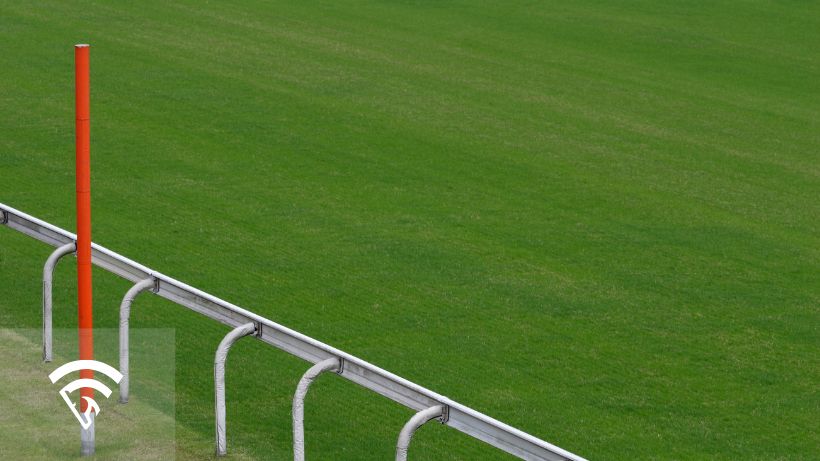What is a Downhill Turf Course in Horse Racing?
A downhill turf course is a specialized racetrack layout that features a slope or descent over part of the racing distance. Unlike conventional flat or gently undulating courses, these tracks include a pronounced downhill segment—often most notable in certain sprint races, such as Santa Anita’s famous 6½-furlong hillside turf course. This unique terrain tests a horse’s ability to maintain balance, rhythm, and speed while navigating a steeper-than-usual decline before rejoining a more level section or heading into a finishing stretch.
Why Do Downhill Turf Courses Matter?
-
Unique Challenge for Horses and Jockeys
- Horses must adapt their stride to handle an accelerated pace on the descent, while jockeys carefully manage momentum to avoid losing control in the turn or becoming unbalanced.
- Maintaining traction on turf becomes even more critical when the ground slopes downward, especially if conditions are soft or yielding.
-
Spectator Appeal
- Downhill races can create dramatic visuals and exciting finishes, as horses often pick up extra speed heading into the final stages.
- Fans appreciate the break from traditional flat layouts, adding variety and a fresh dynamic to the racing calendar.
-
Skill Development and Strategy
- Trainers may need to incorporate special workouts or conditioning regimens to prepare horses for the downhill transition, building muscle memory for safe, efficient galloping.
- Jockeys who have mastered downhill courses can time their moves precisely—knowing when to press on the gas vs. when to conserve energy during the slope.
Unique Challenges of Downhill Turf Racing
-
Balance and Lead Changes
- Horses often switch leads or struggle with their lead legs more prominently on the descent, making it crucial for jockeys to feel and correct any imbalance.
- Missteps on a downhill slope can magnify minor footing issues into more significant hindrances.
-
Pace Dynamics
- Horses that typically accelerate midrace may find themselves at an advantage on a downhill track, while front-runners can capitalize on early momentum before rejoining level ground.
- Closers, however, might struggle if the field gains too much speed descending the slope, shortening the time they have to make a late run.
-
Environmental Factors
- Rain, morning dew, or irrigation can make downhill turf notably slick, challenging traction even more.
- Slight variations in temperature and humidity can alter how the turf compacts underfoot, influencing speed figures and final times.
Tips for Handicapping Downhill Turf Races
-
Review Specialized Form
- Prior success (or strong workouts) on downhill courses can hint at a horse’s comfort with the slope, while an untested horse may remain a wildcard.
-
Observe Jockey Records
- Certain jockeys thrive on downhill layouts, demonstrating skill in balancing a horse’s stride and timing moves around the slope.
-
Focus on Adaptive Running Styles
- Horses that display agility, quick lead changes, or proven ability on undulating courses may adjust better than those strictly used to flat sprints.
-
Monitor Track Conditions
- A wet downhill turf can amplify the challenge; watch for late scratches or trainer adjustments if conditions shift dramatically.
While downhill courses bring an exhilarating twist to turf racing, understanding the slope’s impact on pace, balance, and stamina is vital for handicappers. EquinEdge provides AI-powered handicapping insights—such as speed figures, pace analysis, and real-time odds—to help you navigate these unique layouts and spot horses poised to excel on a rapid descent. Sign up for EquinEdge to get started.
